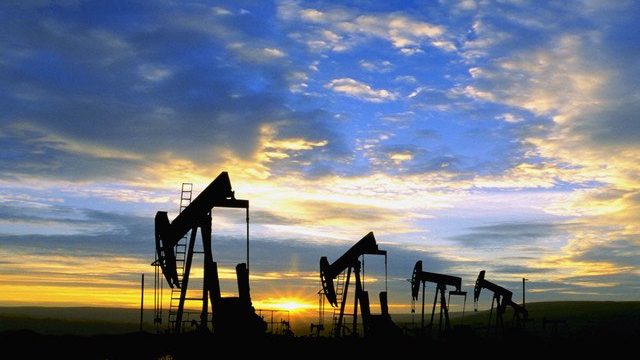North Dakota Oil Patch Saw Biggest Decline In Age In The Nation, And That Has An Impact On Crime

Before North Dakota was making headlines as the epicenter of a boom in domestic shale oil production, and one of the few persistent bright spots in our national economy, ours was a state with an aging workforce and few opportunities for younger citizens. It wasn’t low unemployment or explosive economic growth that was dominating state headlines. It was concerns over outmigration.
That has changed, in a big way. North Dakota is getting younger. In fact Williams County – in the heart of North Dakota’s oil patch – saw the largest drop in age in the nation according to US Census figures:
WASHINGTON — The United States is still growing older, but the trend is reversing in the Great Plains, thanks to a liberal application of oil.
The aging baby boom generation helped inch up the median age in the United States last year from
37.5 years to 37.6 years, according to data released Thursday by the Census Bureau. But a closer examination of those numbers shows that seven states — Alaska, Hawaii, Montana, North Dakota, Oklahoma, South Dakota and Wyoming — actually became younger.
Credit for the de-aging of the mainland states between 2012 and 2013 goes to the increase in oil and gas exploration in the Great Plains. The Census Bureau offered no reason for the decrease in Alaska and Hawaii.
“We’re seeing the demographic impact of two booms,” Census Bureau Director John Thompson said. “The population in the Great Plains energy-boom states is becoming younger and more male as workers move in seeking employment in the oil and gas industry, while the U.S. as a whole continues to age as the youngest of the baby boom generation enter their 50s.”
Williams County, North Dakota, which the Census Bureau called the center of the country’s Bakken shale energy boom, had the largest decline in age in the United States — 1.6 years.
Energy production is one of the fastest-growing industries in the United States. The boom in the U.S. follows the use of new technologies, such as hydraulic fracturing and horizontal drilling, to tap oil and gas reserves.
The age changes for the mainland states were mostly minuscule: Montana dropped from 39.962 to 39.898; North Dakota from 35.881 to 35.270; Oklahoma from 36.233 to 36.226; South Dakota from 36.841 to 36.818; and Wyoming from 36.854 to 36.828.
I’ve written about the decline in median age in North Dakota previously, specifically in regard to its impact on issues like crime. Many in the media and political spheres are blaming oil for spiking crime rates in the state. There is a degree of truth in that – oil is clearly what’s drawing younger people to the state, and prompting the state’s children to stay here – but given the demograhpic breakdowns for who commits crime, there’s no way North Dakota could get younger without crime spiking.
Via the Bureau of Justice Statistics, here’s how arrests down by age. As you can see, as people get older they simply commit fewer crimes. Or, at least, they aren’t arrested nearly as often:
It’s also worth considering that males commit far more crimes than females, according to the BJS. Given that the oil industry is attracting a disproportionate number of male workers to the state, that’s also no doubt having an impact on crime rates.
North Dakota is getting younger, and more male, and that’s going to mean more crime. Blaming oil for that isn’t really all that fair. One could similarly blame college campuses for elevating crime rates in their regions by attracing more young people to the area.





